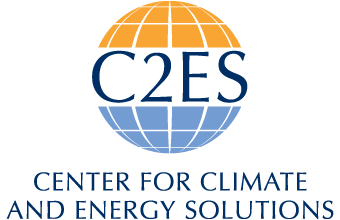

The context for reaching agreement on the new collective quantified goal (NCQG) at the 29th Conference of Parties (COP29) was challenging. The coming year will be no easier—the high cost of capital combined with significant upfront capital requirements for renewable energy technologies and regulatory barriers are among the main challenges to scaling up climate finance for developing countries.
There are precedents in drafting roadmaps for climate finance goals, and lessons can be learned from the processes that emerged from the COP15 and COP22 decisions.
The Baku to Belém Roadmap to 1.3T provides an opportunity to discuss barriers to finance flows to developing countries in an increasingly difficult political context. However, as Parties embark down this path, they must be cautious as to not reopen what was agreed in Baku.
The final product of the roadmap should be factual and inform decision making at all levels, including political. Ensuring transparency is of the utmost importance, and the process could be conducted in a range of manners: under the direct authority of the Presidencies; through the appointment of Parties or an independent group for drafting; through the support of a separate process to both draft a roadmap and address finance outside the remit of the UN Framework Convention on Climate Change (UNFCCC); or through a combination of these formats.